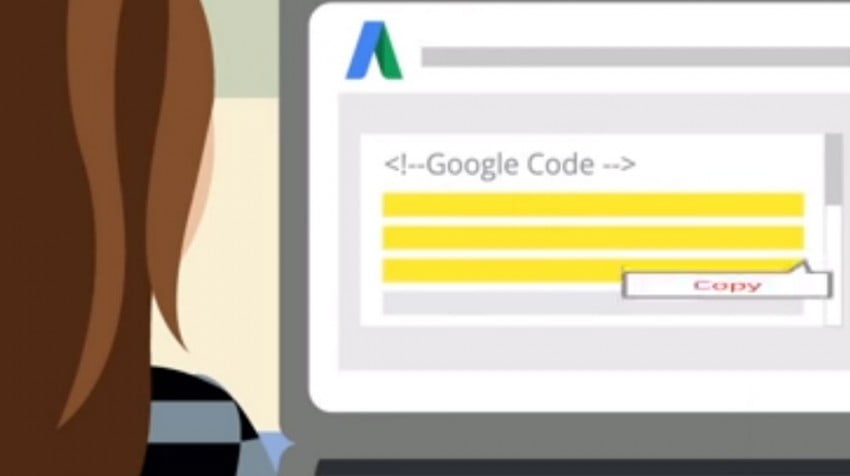
AdWords just unleashed an easier way for the small business to machete its way through the jungle of code typically required to track paid search performance, and it’s called AdWords Smart Goals.

This is kinda big news for the less-sophisticated advertiser.
But, as expected, there’s no shortage of opinion on it. And spoiler alert: some people think Smart Goals are dumb:

(More discussion on that here.)
Adwords Smart Goals Are Not Dumb, However
OK, so not everyone is a fan, but at least it’s getting smaller advertisers to finally get some form of conversion tracking.
Google created a cool new way to bring in machine learning that aggregates data from a ton of sites that have opted in to share anonymously. Based on some magical formula, advertisers can quickly see which visits are likelier to convert, and then optimize their AdWords campaigns to match.
From the help files, the technology uses a scoring method:
“Each visit is assigned a score, with the ‘best’ visits being translated into Adwords Smart Goals. Some examples of the signals included in the Smart Goals model are Session duration, Pages per session, Location, Device and Browser. (Remarketing Smart Lists use a similar machine learning model to identify your best users.)”
To determine the “best” visits, it does this:
“Smart Goals establishes a threshold by selecting approximately the top 5% of the traffic to your site coming from AdWords. Once that threshold is set, Smart Goals applies it to all your website visits, including traffic from channels other than AdWords.”
I get it: it’s not perfect. And yes, it has limits on what it can do:

But it’s easy to say it’s garbage when you’re used to working with savvy advertisers that have limitless resources.
Adwords Smart Goals: Here’s Why People Need It
There are countless small businesses that don’t have any conversion tracking set up, yet are paying for clicks every month.
In fact, at WordStream, about HALF of the customer prospects that we talk to don’t have any form of conversion tracking turned on when we first meet them. And that’s a real shame.
Digital advertising is *supposed* to usher us into a new era where we actually track engagement, versus the days of yore when we sat around with our fingers crossed thinking, please let the right person see our billboard ad, please, please, please.
But conversion tracking is complex for many businesses to get right. Sure, Google makes it seem effortless to do (see the fanciful description in the video below):
… but, do you really think mom and pop shops would know how to properly implement this:
![]()
Not to mention:
- Even if the code seems like a simple copy/paste, it’s wrongly configured half the time — even high spenders often have messed up conversion code setups.
- Conversion tracking needs to be maintained over time as you create new goals
- What if whoever implemented tracking no longer works with you when you need her?
Bad conversion data is worse than no conversion data at all.
Right about now, some of you may be saying: “Exactly, Larry. That’s why this whole new Smart Goals thing sucks.”
But, guys, it’s better than the alternative. Obviously, I wouldn’t expect Smart Goals to outperform AdWords conversion tracking when set up correctly and professionally managed. But for all those countless businesses that are shooting in the dark by paying for clicks with no data or terribly wrong data, Smart Goals is a super move by Google for some of those smaller AdWords spenders who may need a little extra boost.
So if you have no AdWords conversion tracking, and be honest, don’t plan to ever mess with the code on your site, check out Adwords Smart Goals instead.
Republished by permission. Original here.
Image: Google




